A Cooler Future Means a World With Less Pavement
Amid climate-fueled heat waves and floods, cities around the country are rethinking the streetscape.
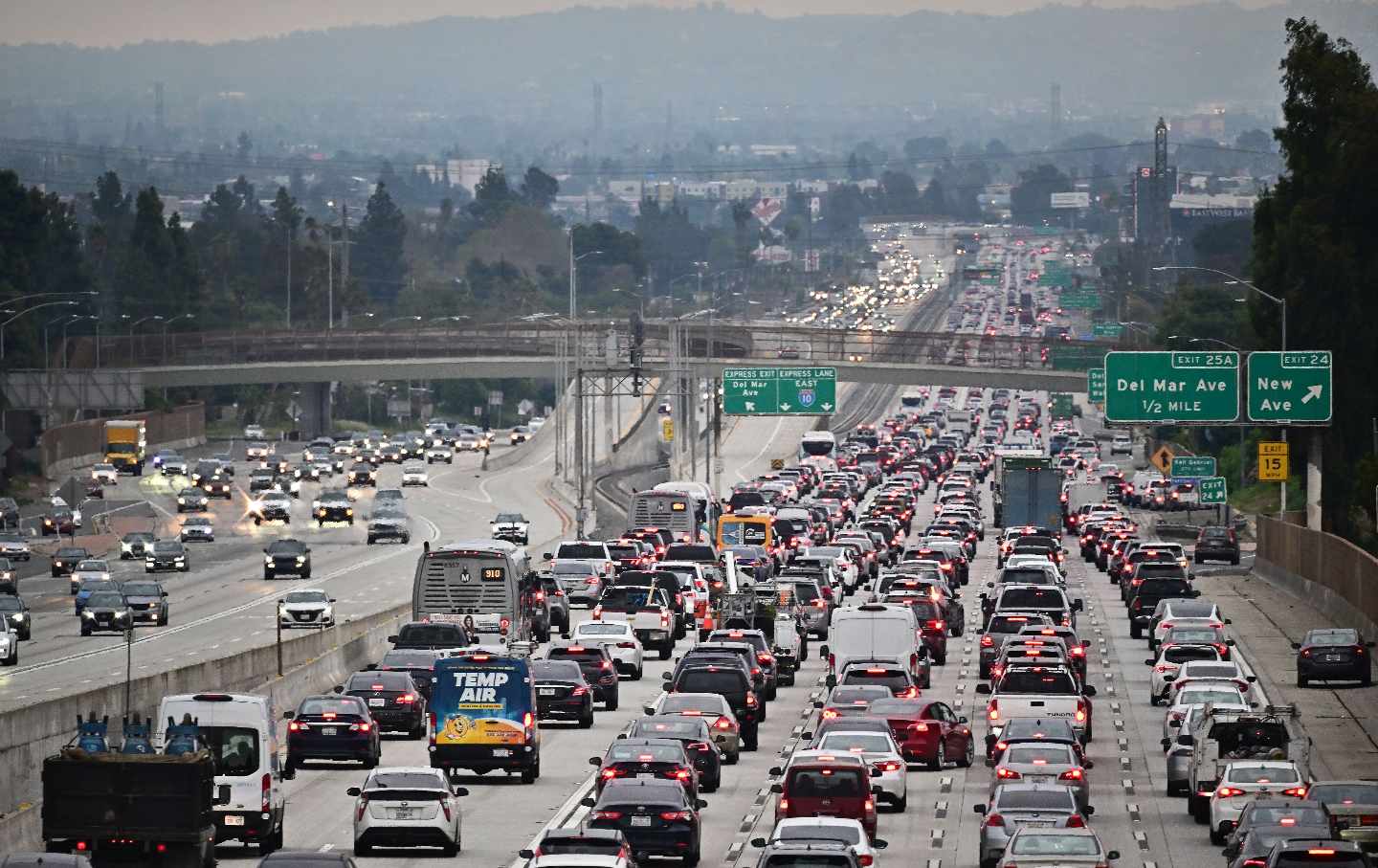
Traffic on a Los Angeles freeway during the evening rush-hour commute on April 12, 2023.
(Frederic J. Brown / GettyThis article originally appeared in Nexus Media News.
It all started because a man named Arif Khan wanted a garden. In 2007, he had recently moved into a house in Portland, Ore., whose backyard was covered in asphalt. Some friends helped him tear up the impervious surface, and soon after, they won a small grant to carry out a similar project in front of a local café.
“It was a one-off,” said Ted Labbe, cofounder of Depave, an urban greening movement. “But it was so successful that the next year we got solicited to do three projects, and then five the year after that. It just kept escalating.” In the 15 years since breaking ground on Khan’s backyard, Depave has completed 75 projects in schoolyards, churches, and other community spaces across Portland.
The Depave movement has spread across the United States and Canada in recent years as climate-related extreme heat and flooding have made some cities rethink the wisdom of all that heat-absorbing, impervious surface area.
Depave’s newest chapter is in Chicago, where about half of the population lives in areas where temperatures are at least eight degrees higher than the city’s base temperature, a disparity that can prove deadly in heat waves. More than 60 percent of the city is covered in impervious surfaces, and when record rains fell in early July, more than 12,000 residents reported flooding in their basements.
“Environmental justice communities are suffering from a lot of pavement-related issues,” said Mary Pat McGuire, a professor of architecture at the University of Illinois, and the founder of Depave Chicago. “We’re trying to bring attention to it so that the city will start treating this as a critical part of climate adaptation and social justice.”
Since launching in 2022, McGuire and a group of volunteers have been holding listening sessions across the city to identify local needs. She and her cohort recently finished drawing up plans for their pilot project: greening a public schoolyard in West Englewood, a low-income neighborhood in southwest Chicago.
“They teach the Montessori method, which is very hands-on,” McGuire said. Depave consulted with sixth, seventh, and eighth graders, along with teachers, parents, and school board members to draw up a blueprint for the new schoolyard. It includes pollinator gardens, an outdoor classroom, log structures, bioswales, and shady trees. “Green infrastructure isn’t clean, neat and tidy,” McGuire said. “We’re going to get messy.”
Paved roads and parking lots take up about 30 percent of urban areas in the United States. (In some cities, like New York, that figure is closer to 61 percent.) Parking lots alone cover more than 5 percent of developed land in the lower 48 states, according to the US Geological Survey.
“We’ve had a love affair with paving things for several generations,” said Brendan Shane, climate director at the nonprofit Trust for Public Land. “We have too many unnatural paved surfaces and not enough natural surfaces, and that’s creating these urban heat islands [and] rapidly flooding neighborhoods.”
Extreme heat and flooding are particularly acute in low-income communities of color, which typically have less green space than wealthy, white neighborhoods, a legacy of redlining practices.
Replacing asphalt with greenery has benefits beyond lowering temperatures and reducing flood risk. It’s also associated with lower stress levels, a reduction in noise, fewer traffic-related injuries, and even restoration of local biodiversity. It can also improve air quality: Asphalt releases hazardous air pollutants into communities, especially in extreme heat and direct sunlight.
“We want to bring it to the city’s attention that this is a critical part of climate adaptation and solving social inequity,” McGuire said.
Popular
“swipe left below to view more authors”Swipe →Amid climate-fueled heat waves and floods, cities around the country are rethinking the streetscape. In Phoenix, Ariz., where asphalt can get so hot during heat waves it can give third-degree burns, officials are painting surfaces with reflective grey paint. Nashville, Tenn., which experienced deadly floods back in 2010, has transformed alleyways into blooming, bee-filled rain gardens.
More than a decade ago, Chicago invested $14 million in building what it dubbed the “greenest street in America.” The two-mile stretch of Blue Island Avenue and Cermak Road in the Pilsen neighborhood sports rain gardens, permeable pavements, and solar-powered street lights.
“There are a lot of great strategies and plans out there,” says Vincent Lee, a principal at Arup, an engineering and architecture firm. Last year, Arup released a study examining the “sponginess”—or ability to absorb rainfall—of several cities and making the case for cities to invest in nature-based solutions to prevent flooding. “But implementation is a major challenge due to lack of funding, outdated policies and codes and minimal cross-sector collaboration.”
Many advocates say schoolyards are ideal sites for greening projects because they represent an opportunity to educate students about climate resilience. Space to Grow, another Chicago organization, has overhauled 34 schoolyards over the last decade, replacing asphalt with permeable sports fields, rain gardens, and other porous surfaces.
“Our schools are the center of the community, and we want to make sure kids are excited to be in those spaces,” said Meg Kelly, Space to Grow’s director.
According to the organization’s data, replacing asphalt with permeable sport fields, rain gardens, and other porous surfaces has reduced ground temperatures by up to 54 degrees Fahrenheit and captured more than 3.5 million gallons of stormwater, alleviating neighborhood flooding.
McGuire said she wants Depave Chicago to help neighbors avoid the next flood or find respite from the next heat wave, but she also wants to help Chicagoans envision a different future for their city.
“It’s about changing attitudes towards concrete,” she said. “We’ve been missing an opportunity to embrace nature in the city, and I’m just trying to get people to look at the world around them and dream of something different.”
We cannot back down
We now confront a second Trump presidency.
There’s not a moment to lose. We must harness our fears, our grief, and yes, our anger, to resist the dangerous policies Donald Trump will unleash on our country. We rededicate ourselves to our role as journalists and writers of principle and conscience.
Today, we also steel ourselves for the fight ahead. It will demand a fearless spirit, an informed mind, wise analysis, and humane resistance. We face the enactment of Project 2025, a far-right supreme court, political authoritarianism, increasing inequality and record homelessness, a looming climate crisis, and conflicts abroad. The Nation will expose and propose, nurture investigative reporting, and stand together as a community to keep hope and possibility alive. The Nation’s work will continue—as it has in good and not-so-good times—to develop alternative ideas and visions, to deepen our mission of truth-telling and deep reporting, and to further solidarity in a nation divided.
Armed with a remarkable 160 years of bold, independent journalism, our mandate today remains the same as when abolitionists first founded The Nation—to uphold the principles of democracy and freedom, serve as a beacon through the darkest days of resistance, and to envision and struggle for a brighter future.
The day is dark, the forces arrayed are tenacious, but as the late Nation editorial board member Toni Morrison wrote “No! This is precisely the time when artists go to work. There is no time for despair, no place for self-pity, no need for silence, no room for fear. We speak, we write, we do language. That is how civilizations heal.”
I urge you to stand with The Nation and donate today.
Onwards,
Katrina vanden Heuvel
Editorial Director and Publisher, The Nation
More from The Nation
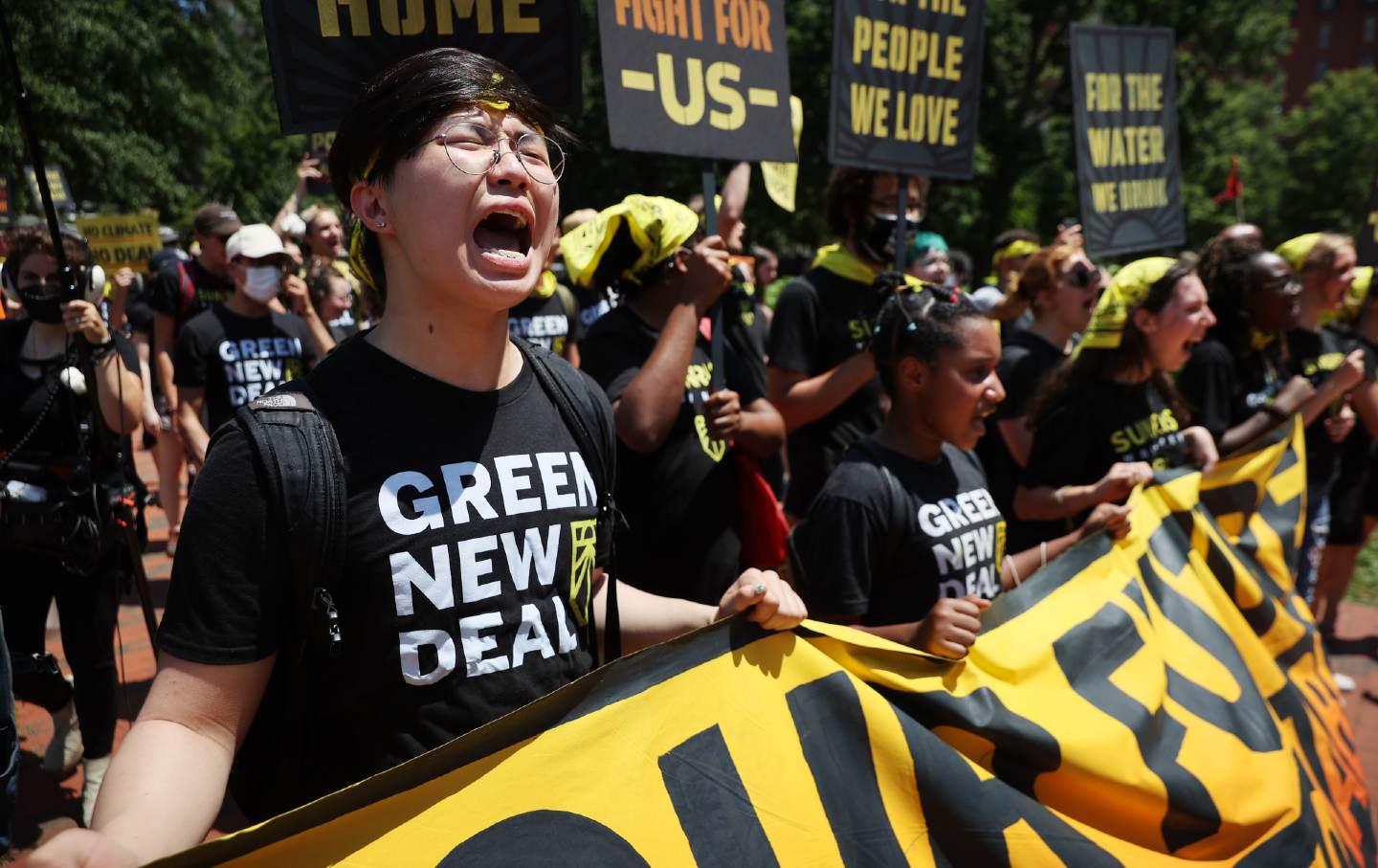
The Green New Deal—From Below The Green New Deal—From Below
It’s a base for countering Trump’s destructive policies.
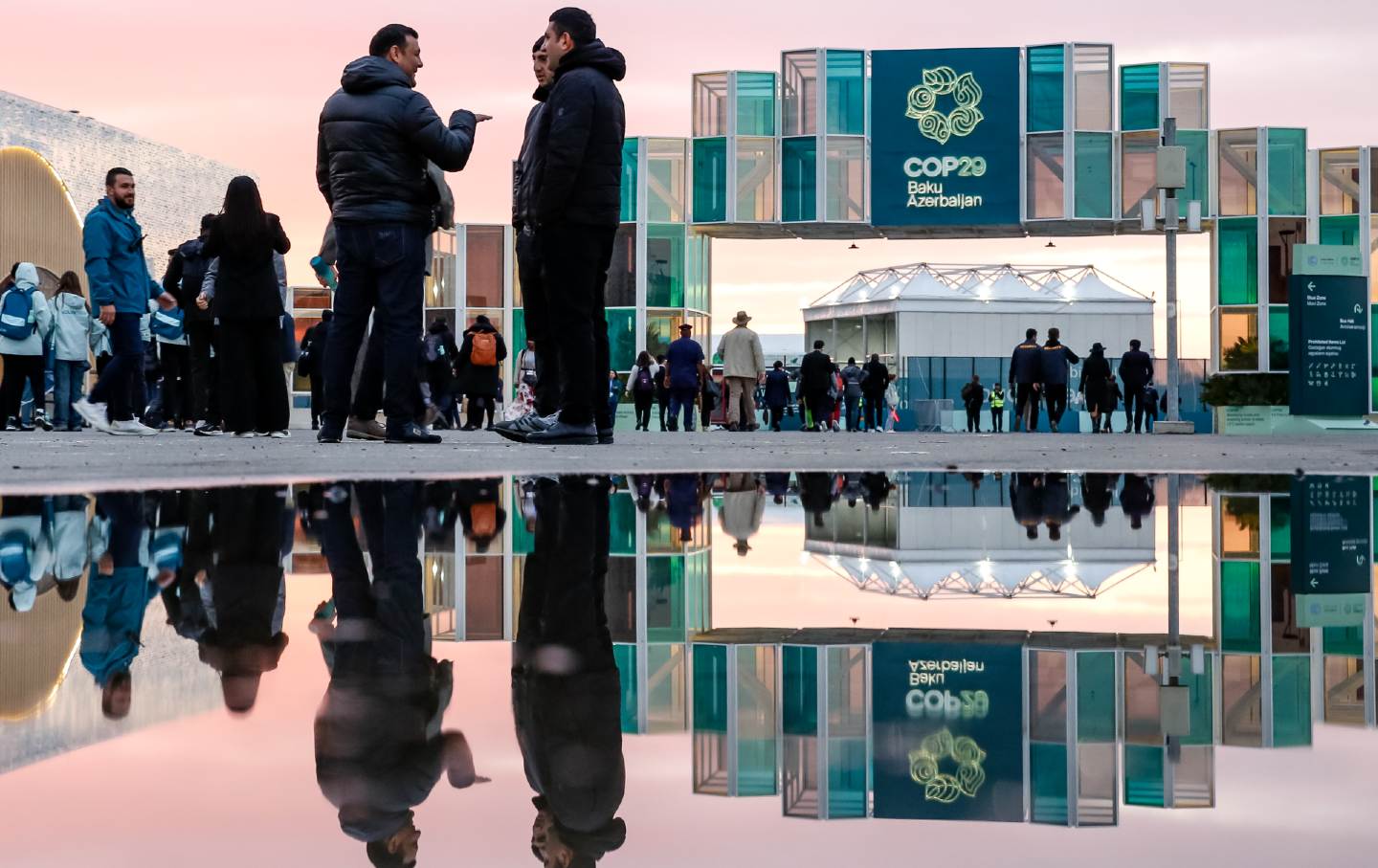
The “Dark Joke” of Having a Climate Summit in Azerbaijan The “Dark Joke” of Having a Climate Summit in Azerbaijan
COP29 in Baku reveals the contradictions of having climate negotiations in a petro-state.
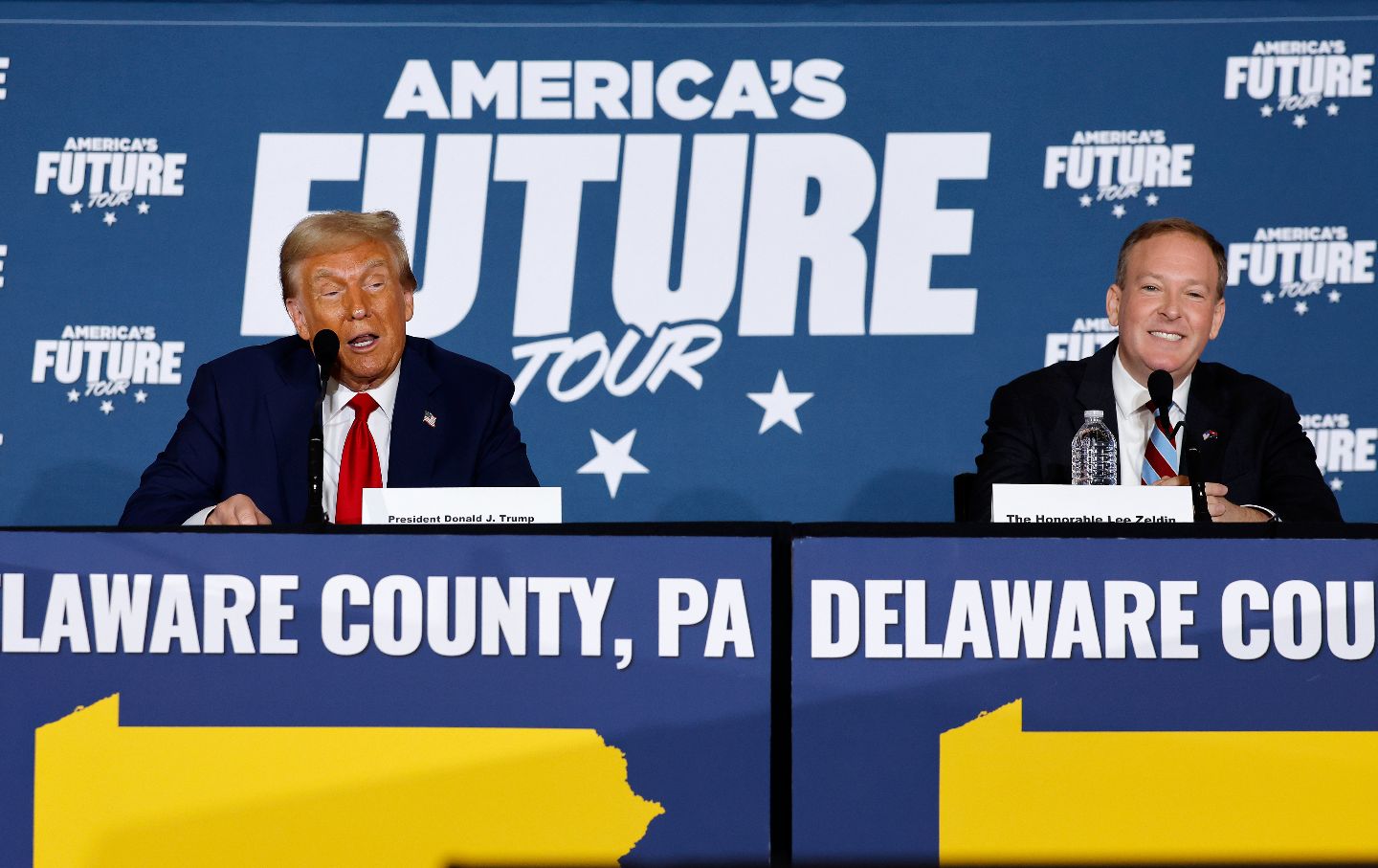
Why Trump Picked Lee Zeldin to Lead the Environmental Protection Agency Why Trump Picked Lee Zeldin to Lead the Environmental Protection Agency
With a Republican majority in Congress and Zeldin promising to “deregulate” the EPA, the new Trump administration will prioritize fossil fuel interests over environmental protecti...
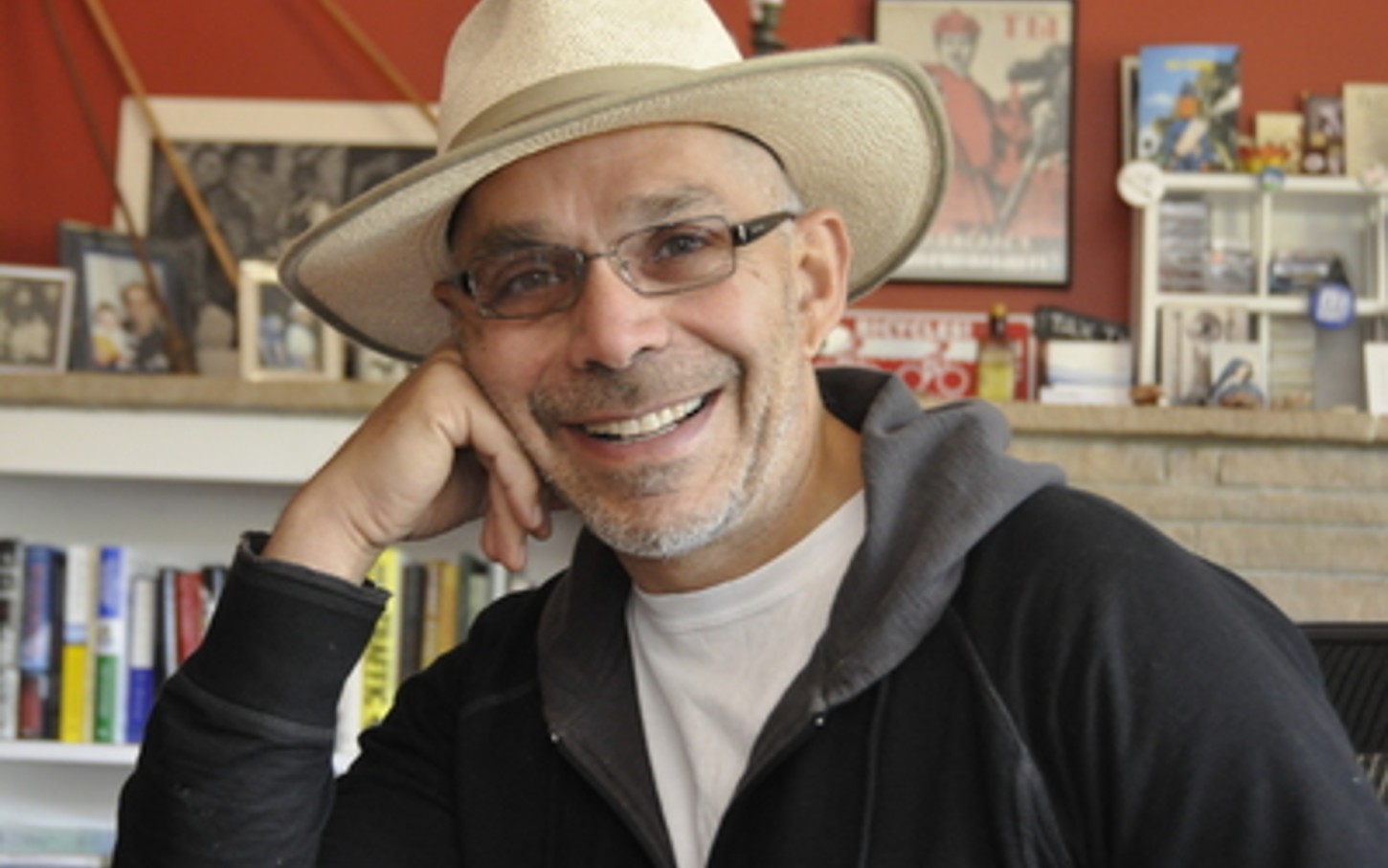
Climate Realism (Still) Means Climate Justice Climate Realism (Still) Means Climate Justice
An interview with Tom Athanasiou on where climate geopolitics goes from here, and why unlocking trillions in climate finance is an “existential necessity.”
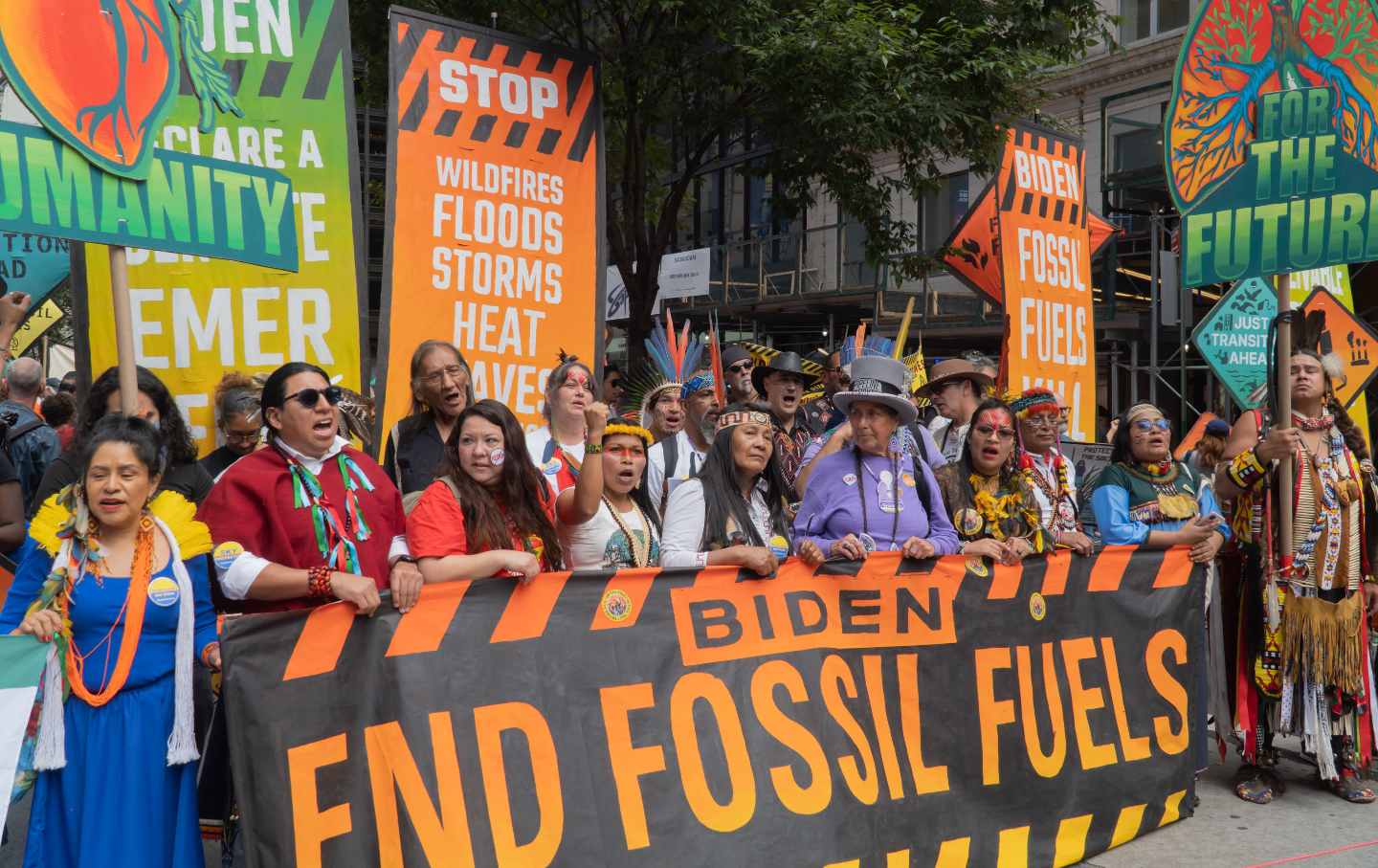
Anti-Protest Laws Won’t Silence Climate Activists Anti-Protest Laws Won’t Silence Climate Activists
Still, punitive measures against climate protest are reaching new extremes.
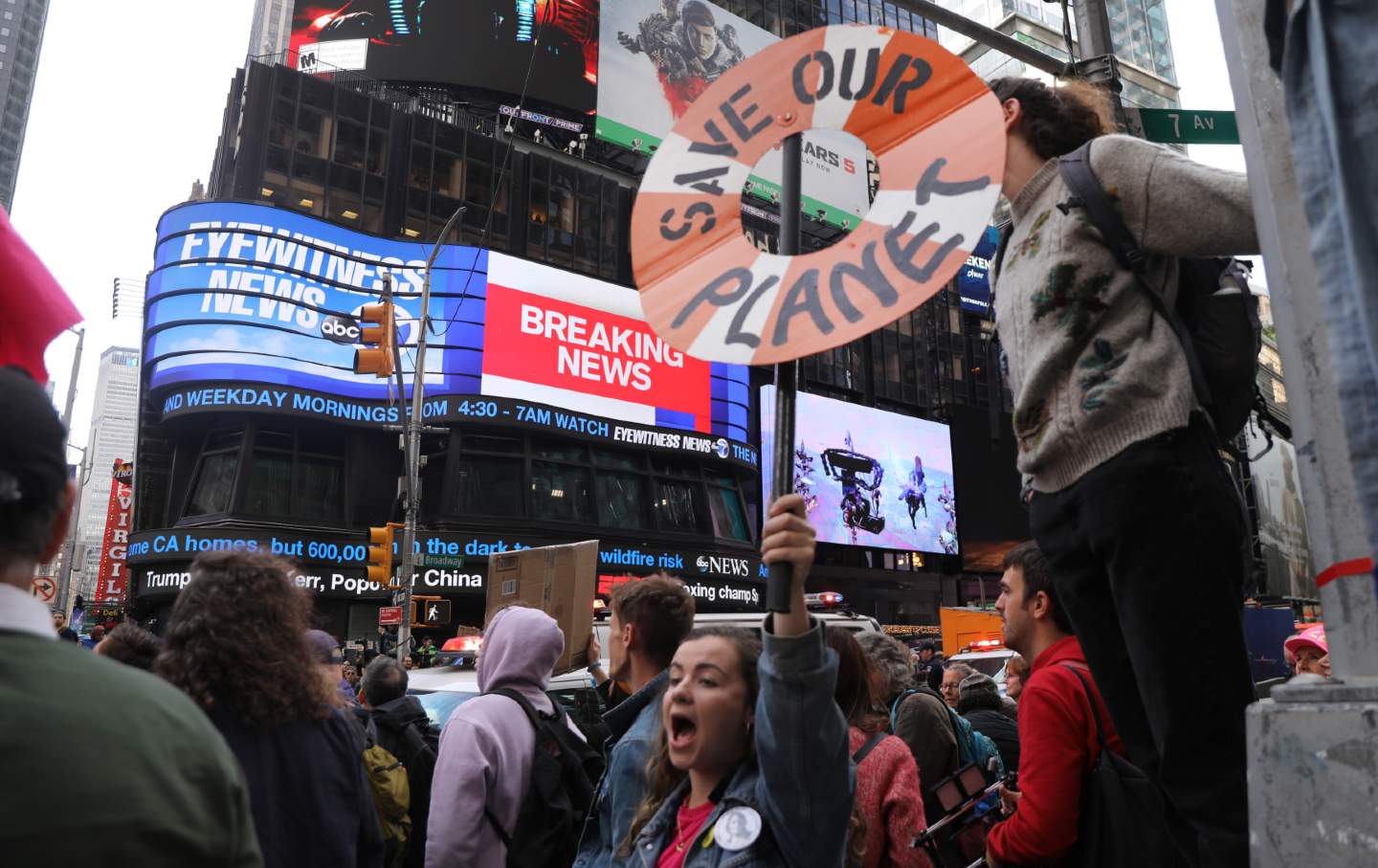
Journalists Must Rethink Our Fear of Taking Sides Journalists Must Rethink Our Fear of Taking Sides
The media often acts as if identifying threats or naming falsehoods are acts of partisanship. They are not. They are journalism.


